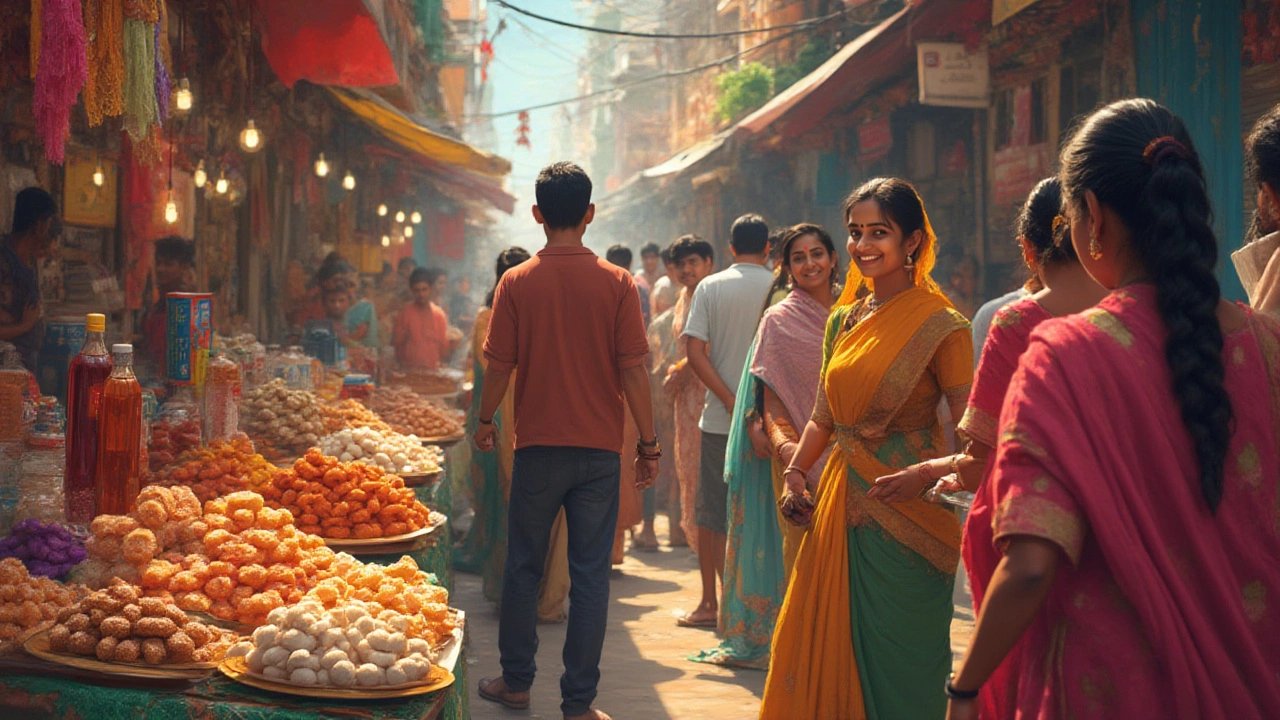Ethnicity and Sugar in Indian Cooking
When exploring Ethnicity and Sugar, the way cultural backgrounds influence how sugar is used in recipes, especially across India. Also known as cultural sugar patterns, it affects flavor balance, health outcomes, and traditional celebrations. The conversation often starts with Indian cuisine, a diverse collection of regional dishes that range from the sweet desserts of Bengal to the mildly spiced curries of Gujarat. Another key player is sugar consumption, the amount and type of sweeteners people add to food daily, which varies dramatically between communities. Finally, nutrition, the study of how sugar intake impacts health markers like blood sugar, weight, and heart risk, ties the whole picture together.
Why does ethnicity matter when you reach for a spoonful of jaggery or a pinch of white sugar? Because each region has grown up with its own sweetening history. In South India, coconut sugar, derived from coconut sap, is a staple sweetener that adds caramel notes to sambar or rasam. In contrast, North Indian households often favor ghee‑infused sugar, a rich blend that gives laddus their melt‑in‑the‑mouth texture. These choices aren’t random; they reflect agricultural availability, climate, and religious customs. For example, many Sikh families avoid meat but still enjoy sweet breads like kheer, which rely on dairy‑rich sugars. Knowing the why behind these preferences helps you adjust recipes without losing authenticity.
Health Implications of Sugar Across Indian Ethnic Groups
When you pair ethnicity with sugar, the health conversation becomes inevitable. Studies from Indian health institutes show that communities with higher reliance on refined white sugar often see increased rates of type‑2 diabetes, especially in urban settings. Meanwhile, tribal groups that primarily use natural sweeteners like palm sugar report lower glycemic spikes. This pattern underscores a semantic triple: Ethnicity and Sugar influences Nutrition, which in turn impacts Health Outcomes. Understanding this chain lets home cooks make smarter swaps—like replacing half the white sugar in a biryani raita with crushed dates, which adds fiber without sacrificing sweetness.
Cooking techniques also shape sugar’s role. A slow‑cooked dal with a splash of tamarind balances sweetness and acidity, while a quick‑sautéed paneer may need a dash of honey to brighten the palate. The choice of technique often aligns with regional habits: Gujarati dishes frequently finish with a “sweet‑sour” finish, whereas Punjabi cuisine prefers a richer, buttery finish. Recognizing these method‑based sugar patterns helps you replicate restaurant‑level flavor at home.
Finally, remember that sugar isn’t just a sweetener—it’s a cultural marker. A festive Diwali sweets platter, a Gujarati shrikhand, or a Kerala banana fritter each tells a story about the people who created them. By paying attention to the regional dishes, the specific foods tied to a locale’s history and climate, you gain insight into how ethnicity guides the amount, type, and timing of sugar use. The next time you stir a pot of masala chai, think about the centuries of tea‑sweetening traditions that brought brown sugar into the brew.
Below you’ll find a hand‑picked collection of articles that dive deeper into these themes. From the science of why lemon curdles milk to the nutrition facts of dal, each post adds a piece to the puzzle of how culture and sugar intersect in Indian kitchens. Browse the list to discover practical tips, recipe tweaks, and health‑focused advice that will help you respect tradition while cooking smarter today.

Which Ethnic Group Consumes the Most Sugar? Surprising Facts Revealed
A deep dive into which racial and ethnic groups consume the most sugar, why these patterns exist, and what it means for health and everyday food choices.